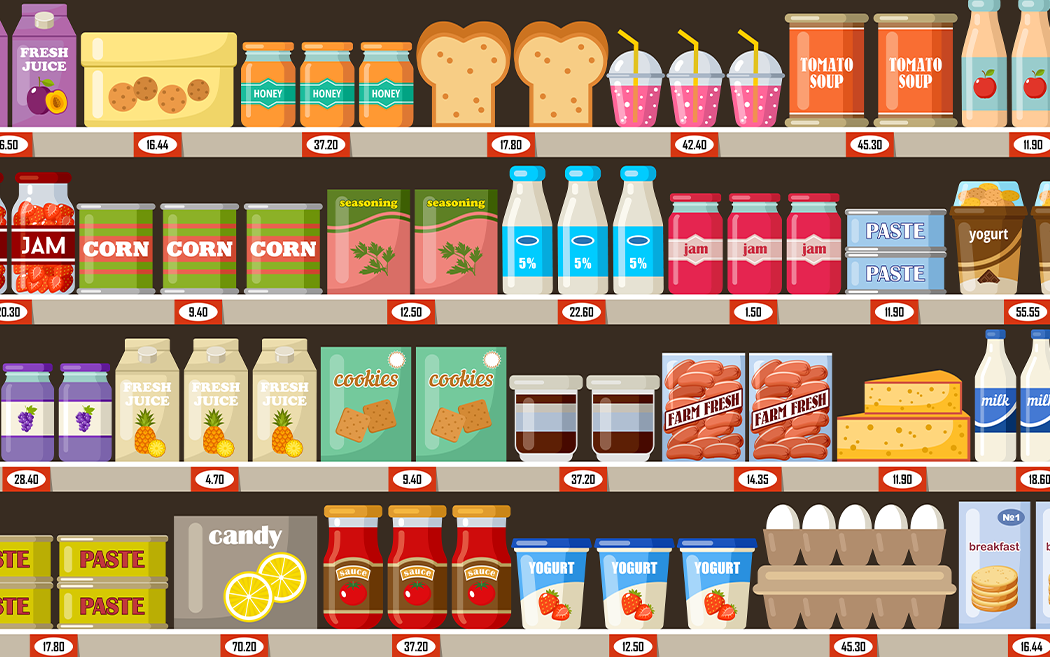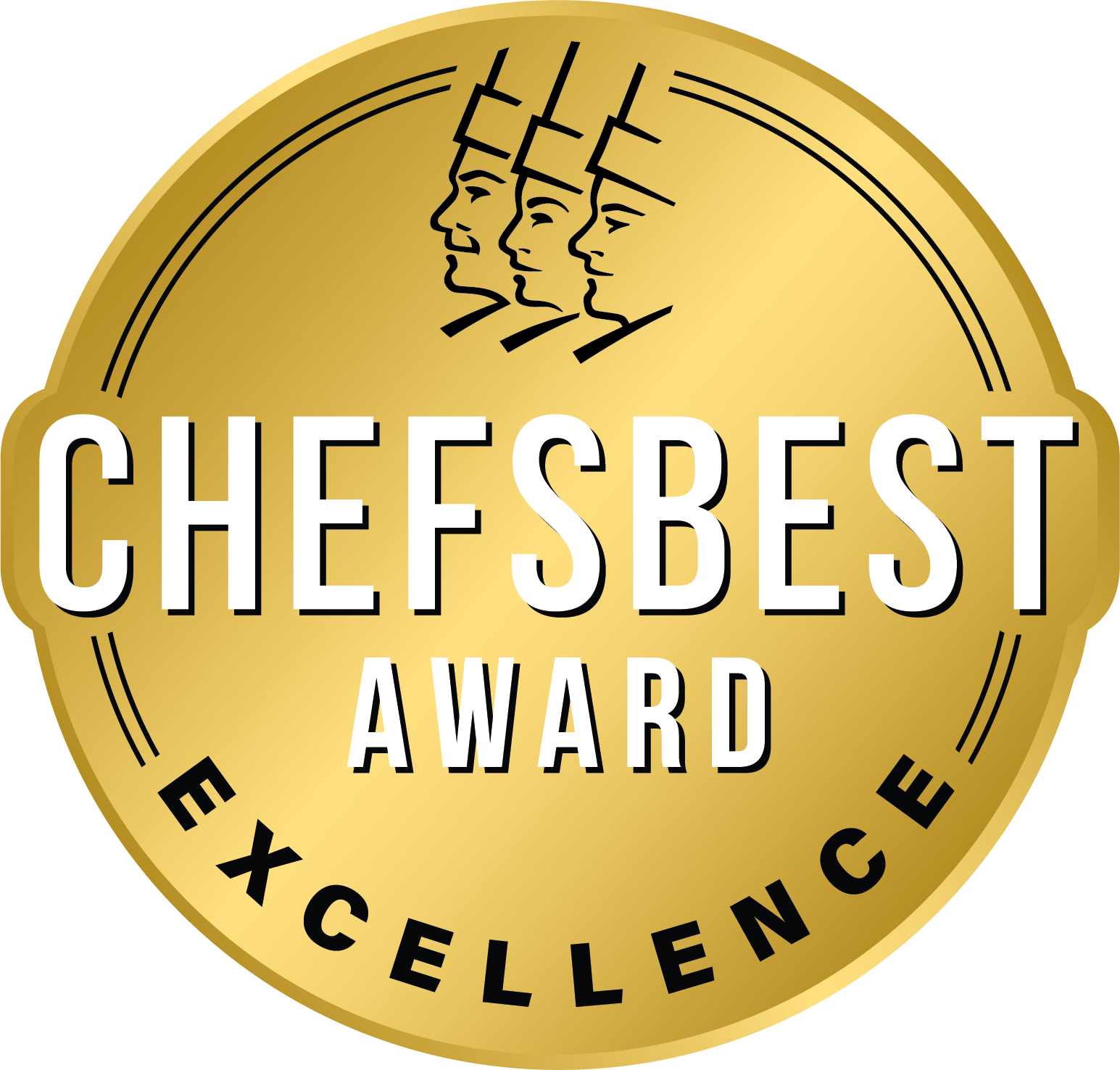Communicating Quality: Challenging Misconceptions Through Food & Beverage CPG Marketing

Food & beverage CPG marketing that emphasizes a product’s value proposition can help convey quality regardless of price point.
The phrase “you get what you pay for” implies that paying a higher price for something means it will be of higher quality. However, while this assumption is accurate for some products, it’s not always the case for food and beverage products. While many consumers are still under the impression that price is an accurate indicator of quality, many common pricing strategies don’t necessarily reflect quality whatsoever. For food & beverage CPG marketing, the challenge is then emphasizing a product’s quality in order to overcome the consumer’s perception of price.
Why Price Does NOT Always Determine Quality
The assumption that price determines quality is based on the idea that companies exclusively use cost-based pricing. In this scenario, higher quality products must be more expensive because of the high cost involved in manufacturing them. While that’s certainly true for certain industries, the biggest factors in common pricing strategies more often revolve around consumer behavior and/or product competition.
For example, much of the strategy for both penetration and value-based pricing has to do with how customers perceive a price. On the other hand, competitive pricing and price skimming depend on a product’s performance when compared to its competitors. Either way, a good portion of pricing strategies don’t necessarily have anything to do with product quality.
Clearly, it’s false to assume that price always equates to quality. However, a consumer’s perception of price is still important to their buying decisions. So, how can food marketing overcome the inaccurate perception that quality increases with price?
Emphasize A Product’s Value to Convey Product Quality
In order for food marketing to effectively convey the high quality of their products regardless of price point, it must emphasize a product’s unique qualities.
For products with lower prices, this helps transform the “cheap” image into an “affordable” one. Conversely, this justifies price points for more expensive products. Either way, CPG marketing that emphasizes specific product features that consumers value helps shift their attention away from price. Now, it’s a question of which qualities to emphasize and how to best convey them.
For food and beverage brands, unique qualities often revolve around taste and nutrition. The latter can be conveyed via the nutrition label and emphasized with additional copy or graphics as needed. For unique qualities regarding taste, marketing has traditionally slapped terms like “great tasting” or “best tasting” on labels. Today, however, lines like these are ineffective with most modern consumers.
That’s why conveying high-quality taste often requires quality food awards that are displayed on the label and/or other marketing assets. Since taste is subjective, food awards help substantiate taste-related ad claims. To be awarded the ChefsBest Medallion, for example, a team of sensory experts will undergo a carefully controlled blind food tasting. If a product surpasses the food tasting standards, it then gains award licensing for packaging that informs customers of its superior taste.
Want insight from an expert in the industry? Tune in to What’s New In The Vitamin & Supplement Industry. In this episode of our podcast, Beyond the Shelf, Michael Vercelletto of Church & Dwight talks about how taste-related ad claims are a valuable asset when communicating quality to shoppers.
To stay up-to-date with trends and news in the food & beverage industry, follow us on social media: Facebook, Twitter, Instagram, and LinkedIn – and check out more of our blogs.
